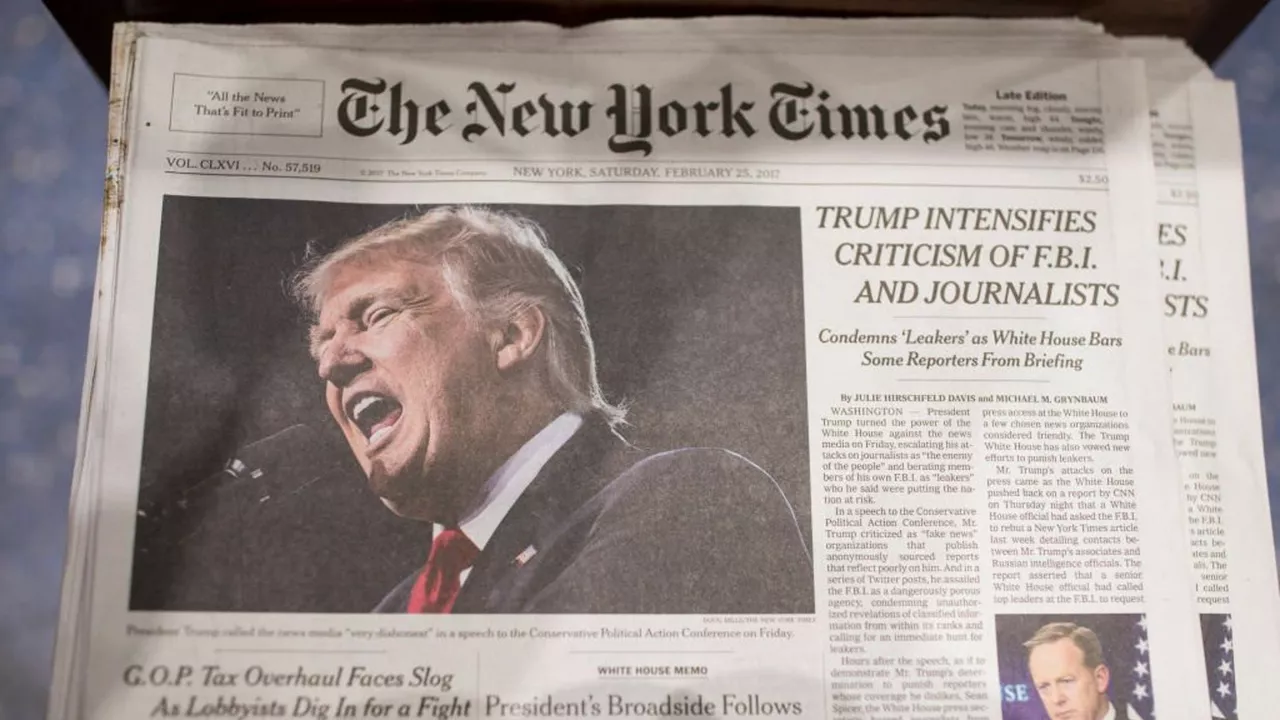Why does The New York Times criticize India? A quick look
If you’ve ever wondered why the New York Times seems to pick on India more than other countries, you’re not alone. The paper’s headlines, op‑eds, and even daily news bites often highlight problems in Delhi, Bengaluru, or the countryside. That pattern can feel like a bias, but the reasons are a mix of editorial direction, audience expectations, and global politics.
Editorial focus and audience expectations
The New York Times writes for a primarily Western, liberal‑leaning audience. Stories that fit that readership’s interests usually get front‑page space. Issues such as religious tensions, human rights concerns, or economic inequality in India line up with topics that attract readers in the US and Europe. When the paper covers those angles, it can look like a constant critique, even if similar coverage exists for other nations.
Another factor is the paper’s reputation for investigative journalism. Reporters dig deep, looking for stories that reveal conflict or controversy. In a country as big and diverse as India, there’s a lot of material to explore. That investigative drive can unintentionally create a spotlight on negative events, while positive developments get less attention.
Geopolitical lenses and Western narratives
Geopolitics also shapes how the Times frames India. As China rises, the US media often compares India’s role in the Indo‑Pacific region. When India makes moves that clash with US interests—like closer ties with Russia or buying Chinese tech—those actions get scrutinized more heavily. The paper’s coverage reflects that broader strategic conversation, which can feel like a personal attack on India’s choices.
Western narratives about democracy and freedom also play a part. The Times frequently measures India against Western democratic standards, highlighting any deviation. While that perspective can expose real problems, it sometimes overlooks the historical and cultural context that shapes Indian policies.
Finally, digital media dynamics matter. Articles that generate strong reactions—whether agreement or anger—drive clicks and shares. Stories criticizing India often spark heated comment sections, boosting traffic. The editorial team knows this, and it can subtly influence story selection.
So, is the New York Times deliberately hostile toward India? Not exactly. It’s more a blend of audience targeting, investigative habits, geopolitical framing, and the natural bias that comes from any newsroom’s cultural backdrop. Understanding these layers helps you read the coverage with a clearer eye.
Next time you see a critical piece, ask yourself: Who is the story’s intended reader? What wider political conversation is it part of? And what context might be missing? Those questions let you get a fuller picture without assuming the paper has a personal grudge against India.
Why is The New York Times so critical of India?
Alrighty folks, let's venture into this spicy topic. Ever wondered why the New York Times seems to have a grudge against India? It's like they're playing a game of "Whose Country Can We Criticize More?" and India's their favorite contestant! Some say it's about political bias, others argue it's due to their Western perspective. Bottom line, it's a complex soup of factors, but the flavor sure seems to lean towards the 'critical of India' side!
Read more